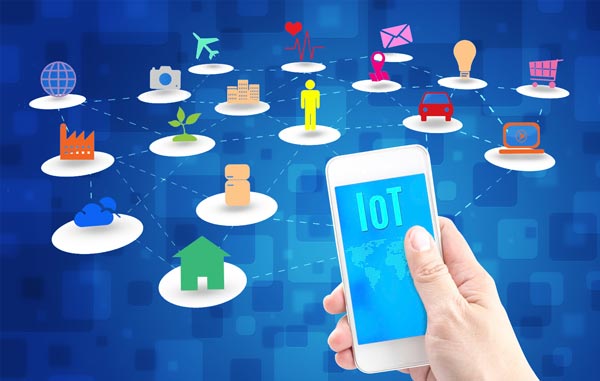Internet of Things technology is a hot topic. For the past 30 years enterprise data has been quite predictable, but everything has changed. Nowadays Big Data is snowballing and the impact on traditional relational database management systems is being significant. In this new context databases need to adopt and meet these new requirements as greater data processing agility and multiple analytical tools.
IoT Challenges
The Internet of Things brings a lot of challenges with its evolution, and one of them is the extensibility of software that is working with it. Each day, new devices, sensors, and approaches emerge in the IoT world, which leads to even more types and amounts of generated data, and all of that data adds up to the need for a larger storage capacity. In fact, the real significance of the Internet of Things is not just about more and more devices, people and systems being connected with each other. It is about the data generated from all these “things” being shared, processed and analysed. Here is where non relational databases come on the scene. Today NoSQL has become synonymous with huge amounts of data, linear scalability, clustering, fault tolerance, and non-relational databases.
The Internet of Things is driving Big Data and providing more information, from many different sources, in real-time. And that is more than a matter of scale. The core challenge involves flexible data modeling, both for the devices and services available today and those that will be coming tomorrow. Maybe you might be tempted to use an RDBMS, but relational databases were never really meant to deal with this kind of data. Not only has it become clear that traditional relational databases cannot manage the scale of IoT data, but many databases are also ill-prepared to handle the nature of this kind of data sets.
While in machine-to-machine, machine-generated data generally reflects well defined data sets, communicated within established protocols and formats, in the Internet of Things, the world of data and applications requires significantly more flexibility, agility and scalability. Whatever, SQL was originally designed for relatively static data structured as a table, but data from sensors can change a lot and provides a continuous stream.
Solving the challenges that come with time series data requires a database solution that is specifically optimised for the task. Modern NoSQL databases inherently solve many of the data volume and diversity issues that come with IoT, but these too are having to evolve to provide optimum storage and retrieval for this new time series data.
Summary
Concluding, the traditional relational database management systems will continue to have a role in the Internet of Things when processing structured, highly uniform data sets, and where this data is managed in a relatively isolated manner, but when it comes to managing more heterogeneous data generated by millions of sensors and devices, databases will require new levels of flexibility, agility and scalability. In this environment, NoSQL databases are proving their value.
Those who are already ahead of the wave will ultimately win in the Internet of Things race with an ability to deliver on their brand promise by providing a personalised high quality customer experience and a simple and quick engagement. In today’s highly competitive environment, it is this approach of optimising a company’s data strategy and architecture that will be the secret to make the difference.







